Motorcycle clothing warranties. Everything you didn’t, and don’t, want to know
Published on: 21 October 2024
Today I am going to broach the thorny, not to say dangerous, subject of warranties on motorcycle clothing.
Now this could be just about the dumbest blog I have ever written. And that's because nobody is going to want to hear what I have to say. Not the manufacturers. Not the distributors. And not, I suspect, many motorcyclists. But that doesn't mean that there are not things that need to be said. And so, martyr as I am to the cause of public dissemination, I have taken it upon myself to talk about the things that nobody else is foolish enough to talk about.
Now nobody is more aware of the ill-feeling that is generated when a motorcyclist’s warranty claim on an item of protective wear is turned down. Often the sense of outrage is palpable. And indeed almost every week I will become privy to emails from otherwise perfectly respectable citizens who want to inform me of the depths of their heartfelt disdain.

I can see the anger that is spread across the internet by those who have felt that they have been let down by the system. Hell hath no fury like a woman scorned, wrote William Congreve, but had motorcycles existed in the 17th century he might have had to revise his observation.
Not everybody is going to be happy with what I have to say. Well, so be it, but in my view a lot of the heat that is generated by this subject derives from simple misunderstandings, misconceptions and miscommunications. All I would say is that I am, to some degree, just the messenger. There are those who might suggest that I have a vested interest here; and I can see that. But this is not just a Motolegends issue. Without doubt, over the years we have upset and disappointed many customers. That's always going to happen when you are dealing with warranty claims. But this is much larger than us. And indeed, whatever the product, whatever the brand, whoever the retailer, you will find on the internet those who are adamant that the people who rejected their warranty claim are the Spawn of the Devil.
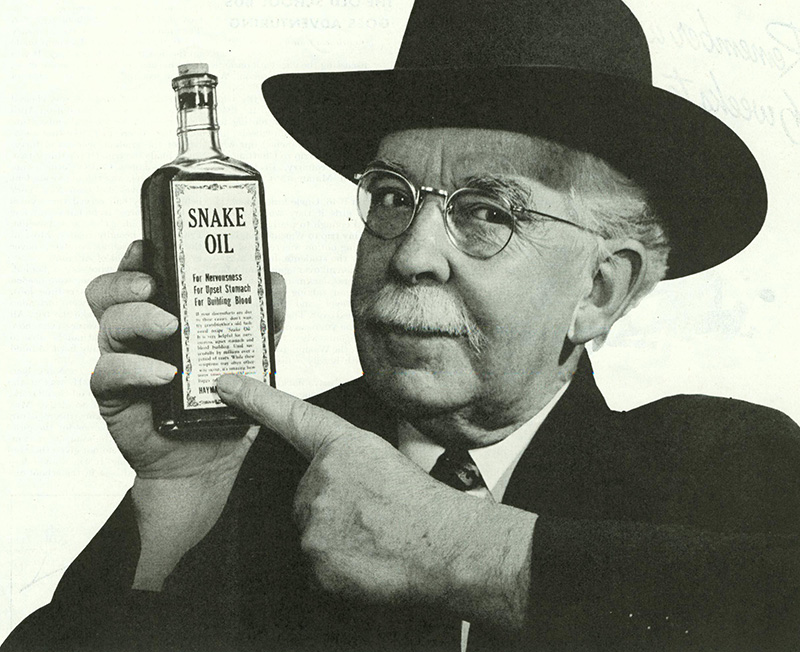
What exactly does a motorcycle clothing warranty promise?
Warranty claims are the single biggest cause of friction between motorcyclists and retailers. The same could be said of the relationships between retailers and distributors or manufacturers.
And for this no one party is solely culpable, but by the same token neither is any party totally blameless. Sometimes the end user is misguided. Sometimes motorcyclists can be, dare I say, a little unreasonable. Some retailers are insensitive or defensive. And at times it feels to us as though the distributors don’t give a damn because they don’t ever actually come into contact with the end users of their gear.
But the starting point for much of the dissatisfaction is a misunderstanding about what a motorcycle clothing warranty includes. You may have a warranty for one, two, three, five, six, or even 10 years, on a product. But that does not mean that, if anything goes wrong with the product within that period, it will be replaced or repaired for free.

Read the small print, and what you will see is that all the manufacturer is warranting for a given period is its product against 'faulty manufacture'. And every manufacturer's warranty, I can assure you, is more or less the same. And it is no coincidence that this is how their warranties are worded. The truth is that they are not promising much. And importantly what they are excluding are any issues that arise from what is known as 'wear and tear'.

Implicitly, what they are saying is that if they have used a faulty component, or if they have put the product together in the factory in a way that is sub-standard then, for the period of the warranty, they will undertake to repair it. That’s all.
Now if your garment has a one or two year warranty, then most people would agree that if a zip broke, or if a popper popped off, that would indicate that the product was not up to scratch, and was therefore faulty when it was manufactured. But some people believe, or want to believe, that any issues that arise within the warranty period are automatically the manufacturer's problem. Well, that's not the way the manufacturers see it. And that's not the way they have worded their warranties.

In fact, where we get to is a position where longer warranties are sometimes not worth the paper they're written on. After all, if there was a problem with a product when it came out of the factory would one not have expected that to surface with a couple of years at the most? Most things that occurs after that, it could be argued, will usually be the result of the wear caused when you use it. Of course, everybody expects to use their motorcycle gear. That's why you bought it. But you probably need to accept that the terms of the warranty on your gear are limited; and without doubt much more limited than you had originally imagined.
From our perspective, the one thing that we would always expect to be covered for the full duration of a warranty is waterproofing. And we would never expect a manufacturer to attempt to wriggle out of this. The problem with waterproofing claims, though, is a different one, which we will come on to discuss later.
Anyway, let's talk about ‘wear and tear’, because whilst it is clear that the manufacturers hide behind their small print, we do think that some motorcyclists can be unrealistic when it comes to their demands.

Motorcycle gear can get a battering. And if you're riding thousands of miles a year in all conditions, sometimes at high speed, your gear is going to suffer. Believe me, we see some pretty knackered-looking gear here. The kind of gear that looks as though it should have been thrown out years ago, yet a customer will often come to us with a warranty claim for a strip of worn-out Velcro, or a hole in the lining of a pocket that has carried his keys for 50,000 miles! Simply put, if something on your jacket, pant or whatever fails as a result of the wear it has been subjected to, then that is not warranty.
Sometimes you might feel that something should not have worn out so quickly. And we understand this. It can be upsetting when this happens. But the manufacturers are not warranting how well their products stand up to the strains of stresses of motorcycling. They are only warranting against ‘faults’ in the manufacturing process.

Warranty claims for waterproofing
The two major sources of warranty claims are zips and waterproofing. Let's talk first about the most contentious: waterproofing.
What you need to understand is that no manufacturer is ever going to guarantee that you will never get wet wearing their gear. If you ride on a motorcycle for long enough, in rain that is hard enough, at a speed that is high enough, you will eventually get wet. And if you cannot accept that, sell the bike because motorcycling is not for you. Instead, buy a car, or take the bus. When you ride a bike, getting wet now and again goes with the territory.
What the manufacturers are warranting is that their membranes won't fail, and that the rain won’t reach you through the seams and zips. But one of the issues if you do get wet is proving that the garment did actually fail. And this is important because the two things don't necessarily go hand in hand. In fact, quite the reverse. 90% of claims for water ingress turn out not to be faults with the garment.
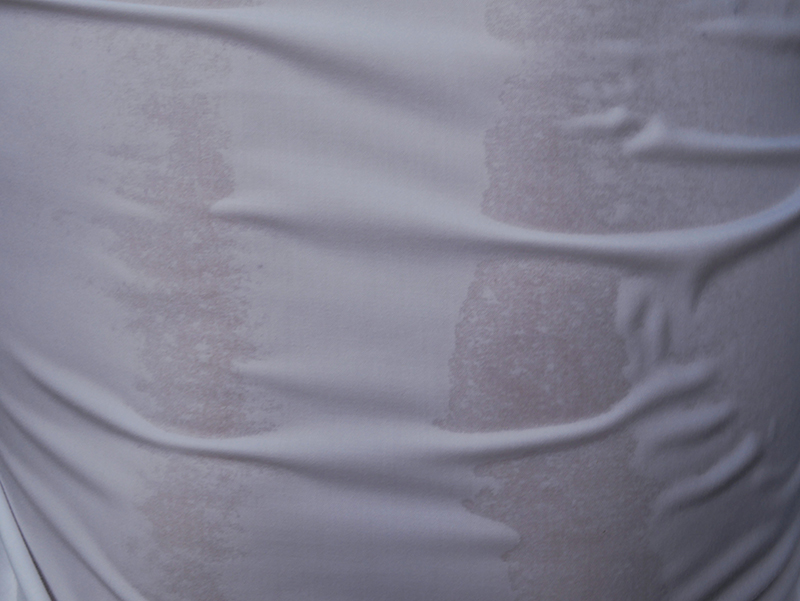
Of course, whenever anybody gets wet in their bike gear, it's always the clothing they blame. But the most common cause of getting wet is undone zips, especially on laminated clothing. And that zip only has to be open by a quarter of an inch for it to let water in. And then there’s the big hole at the neck. Water runs down the helmet, and into the jacket. Or you're wearing a cotton T-shirt that absorbs your sweat, causing to get wet from the inside. You're perhaps not zipped in, and water gets in between the jacket and the pant. The problem could also be heated grips or a heated seat, both of which will reverse the membrane. And so on.
It's a tricky subject. All too often, when there’s a warranty claim for waterproofing the retailer will assume the customer has jumped to the obvious but wrong conclusion about his jacket or pant. Whilst the customer will assume that the retailer is trying to wriggle out of its responsibilities.

And that's why we, here at Motolegends, have developed our own procedure, without which there would often be an uncomfortable impasse. Basically, if a customer thinks something leaks we send it off for testing at a Gore-approved laboratory. The cost is £30 per garment. It takes about a week to get the result. But here's the deal. If the report shows that the garment leaks, we pick up the charge, and have the garment repaired, but more usually replaced. However, if the garment doesn't leak the customer picks up the cost. And that sounds fair to us. It also removes any ambiguity from the situation. And usually brings about a swift resolution.
But, as we said before, even though the manufacturers sometimes hide behind their small print, it is virtually unheard of, in our experience, for a manufacturer not to stand by the integrity of its products when it comes to waterproofing. Once, that is, it can be proven that a garment has actually failed!

The warranty for waterproofing on Gore-Tex products
The whole warranty situation is different if the membrane in your garment is a Gore-Tex one. Gore’s membranes tend to work better, and deliver higher waterproofing and breathability scores, although garments with their membranes always cost more.
But Gore offers an almost unbelievably effective warranty on garments that incorporate its membranes. Firstly, the membrane is guaranteed for life. Basically if, having tested a garment, Gore finds that the membrane has failed they will replace the garment. No questions asked. If the product is no longer available, and you can prove the purchase price, they will simply send you a cheque for that amount. And their systems for testing garments are better, more comprehensive and faster than anybody else’s. What's more, it's totally free; although you do have to pay to send the garment to them.

But there is one issue.
Gore will only deal with end users. They will not enter into discussions with retailers. So people like us cannot get involved. And this is a tricky one, because your legal relationship is with your retailer, and not with Gore. So, within the manufacturer’s warranty period, you could legitimately refuse to deal with Gore. But if you go through the dealer the item of clothing will often have to be sent to the manufacturer to test. In the case of Rukka, for example, that would mean your jacket or pant going back to Finland. It could be gone for many, many weeks. Frankly, you would always be best advised to deal direct with Gore. Your rights won't have been affected, and so the fact that you have dealt with Gore won't change the fact that your contractual relationship is still with your dealer.
Now the various brands differ in the way they handle warranties. Some are obliging and helpful. Some are evasive, obstructive even. But the fact is that no manufacturer relishes paying out to replace gear. Gore's approach is different, and really quite amazing, especially given that if there is a problem with a garment, the manufacturer will probably have been responsible for the issue in the first place!
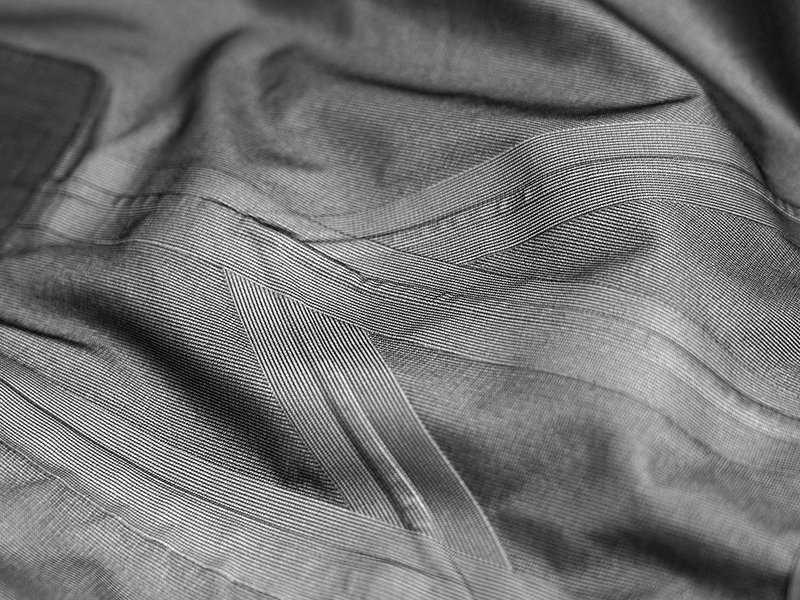
Gore is determined to protect its reputation. If a brand works with Gore it is Gore that dictates how the product is put together. And they do this in an attempt to ensure that it won’t leak. But if your Gore-Tex garment suit does fail, Gore will replace it, because they simply won't accept a situation where consumers are disappointed with their membranes. And Gore is as good as its word. We have customers whose 10/15 year old garments have been replaced/refunded because they let water in.
Whatever you think about the various brands' commitment to a warranty, don't doubt Gore's. It is solid gold. It's simple. And it works. There is no warranty in the motorcycle industry that gets close.
Some things you probably need to understand about how warranties work
- When you buy an item of motorcycle apparel your contractual relationship insofar as warranty is concerned is with your retailer. Yet the warranty itself comes from the manufacturer. So you deal initially with the retailer. And in extremis you can sue your retailer. But the decision about whether or not a repair will be effected, whether a garment will be replaced, or whether your claim will be rejected, lies solely with the manufacturer or their distributor. Retailers do not issue warranties; nor do they make decisions about them. Manufacturers and distributors do.
- If an item of motorcycle wear develops a fault within the warranty period, the retailer will always have a right to get the item in question repaired. You do not have an automatic right to a replacement or a refund. In the first six months, the law states that there is an assumption that the fault was present when you purchased the product. This makes it very difficult for a retailer to reject a claim in this initial period. In other words, legally, the onus is on the retailer to prove that the fault was ‘not’ present when you made your purchase. And that will be difficult to do, unless there are obvious signs that the problem was caused by some kind of mechanical damage. For example, if it can be seen that a zip, for example, was put under stress as the result of an accident. (In fact, as an aside, accidents usually void any warranty).
After six months, by contrast, the onus is on the customer to prove that the problem was present when the item was first purchased. This having been said, most retailers, in the first few years, are not going to contest the validity of a legitimate-looking warranty claim. The six-month thing really only becomes pertinent if you take your retailer to court. If you have notified the retailer of the nature of your claim within the first six months, it will be difficult for the retailer to prove, ‘on the balance of probability’, that a manufacturing fault was not to blame. But if things turn nasty after the first six months, then it is you that has to prove, ‘on the balance of probability’, that the issue was there at the point of manufacture; and that's much harder.
- As we've stated, inside the first few years, regardless of the length of the warranty, most claims will go uncontested, provided it is clear to the retailer that there is a fault. The issue, thereafter, will often, as we have stated, come down to an assessment as to whether the failure has come about as the result of wear and tear. But, you might say, I bought my jacket, pant, glove or boot to wear, and therefore you expected it to last the full duration of the warranty. And, on one level, that doesn't sound unreasonable. But really that's not the what a motorcycle garment warranty does. It only covers ‘manufacturing faults’ or ‘defective components’.
Let's say a zip on a jacket with a five-year warranty fails after three years. Is that a manufacturing fault, or is it down to wear and tear? Such cases are rarely clear cut. Some manufacturers will give you the benefit of the doubt, but here's a tip. If, when you submit your jacket for a warranty claim, it looks as though you have spent three years dragging it backwards through a hedge at 70 mph, then you should not be all that surprised if somebody puts the damage down to ‘wear and tear’. You’ll usually get a better reception if the item looks clean and well cared for.
- I mentioned earlier that zips were particularly contentious when it comes to warranty. Zips can be broken, and indeed most zip warranty claims are for zips that have become damaged in use. When you sit on a bike, there can be a huge amount of pressure on a zip. Over time, this can cause the runner to expand. And when this happens, the teeth don’t fully engage when you do the zip up. And often it’s this that causes the zip to burst open when you’re riding along. This is not warranty.
The other issue that causes zips to become damaged is when they get caught. You exert force to free it. But if, in doing so, you break a tooth, you have broken the zip. Again this is not warranty. To check whether you have broken the zip, run your finger along it. If, at any point, it is not smooth, you have broken the zip. A shame perhaps, but that's down to you. Not the manufacturer.
- You should also know that if, after three years, your retailer agrees to replace a jacket that has a five-year warranty, you will only get a two-year warranty on the new one. Warranties run from the original purchase date. That's not a motorcycle thing. That's how all warranties work.

Why do warranty claims become so contentious?
As a retailer it is not only easy, but somewhat predictable, that we would perhaps attempt to blame the manufacturers for the confusion and misunderstandings that surround warranty claims. But I do believe that in attempting to play a game of warranty-period, one-upmanship, the manufacturers have allowed marketing considerations to rule over common sense, integrity and fairness.
We work with a number of manufacturers, but in our view any manufacturer that offers a warranty of more than two years, three at the most, is sewing seeds of discontent.
And that's because they are complicit in mismanaging expectations. No manufacturer is ever going to make the small print of their warranty as clear as the headline proposition, but the bottom line is that most motorcyclists buy into a five, six or ten year warranty in the belief that, if anything goes wrong with the garment in that period, they are fully covered. And, as we have seen, they are not.
Ironically, most people are happy to pay for a repair to a garment once its warranty has expired. But nobody is happy to do this within the warranty period if they believe they shouldn't have to. And this strikes at the heart of the discontent. The emotions that surround warranty come down to poor management of expectations. And in a small way that's what I am trying to address here.
Would all parties be happier if warranties were just two or three years? I'm sure a lot of motorcyclists would think not, but all of the ill-feeling and rancour would disappear. We could move forward on the basis that nearly all claims within the shorter warranty period would be honoured. And we could set up better facilities for repairing garments that became faulty beyond it.
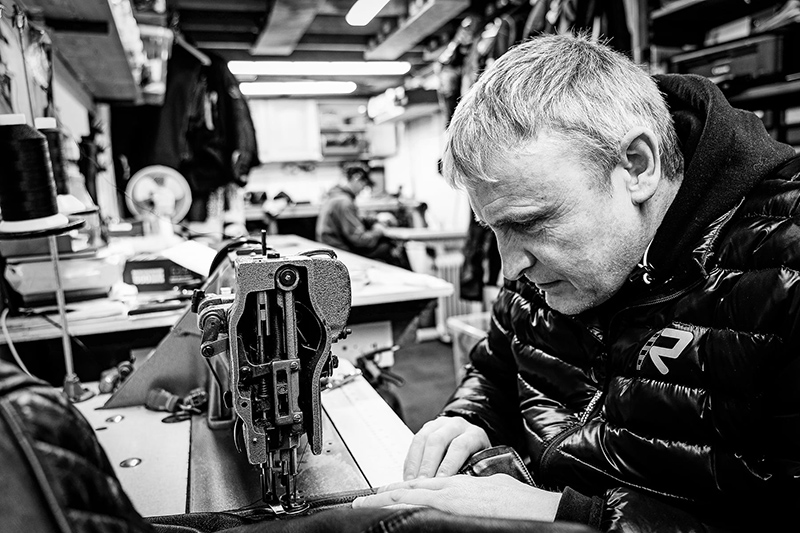
And there's a point here that needs to be made. Almost anything can be repaired. Here at Motolegends, our repairers can sew garments back together, replace zips, Velcro panels, poppers, and indeed attend to almost all the problems that might lead to a warranty claim in the first place. And we can do this cheaply and quickly. If we replace a zip on a jacket, you'll get it back within a couple of days.
After all, isn't this how it works in other clothing markets? If a zip fails on a walking jacket, or a sailing jacket, that you’ve owned for a few years, you don't usually make a beeline for the shop whence it came. You find somewhere that can repair it. You just want it sorted so that you can continue using it.
In conclusion
There will be people, I'm sure, who will say that this video is just about Motolegends passing the buck, and about us wanting an easier life. And I can see that. I'm personally not convinced that I am passing the buck, but would I like to remove the unnecessary aggravation from warranty claims? Unequivocally, yes.
Truth be told, on our own account, we resolve nearly all minor warranty issues ourselves. If our repairer can fix something at relatively low cost, we just get the job done. We don't bother talking with the distributors and manufacturers. But there are things that require more complex, and expensive, remedies. And in such cases there are procedures we need to follow.
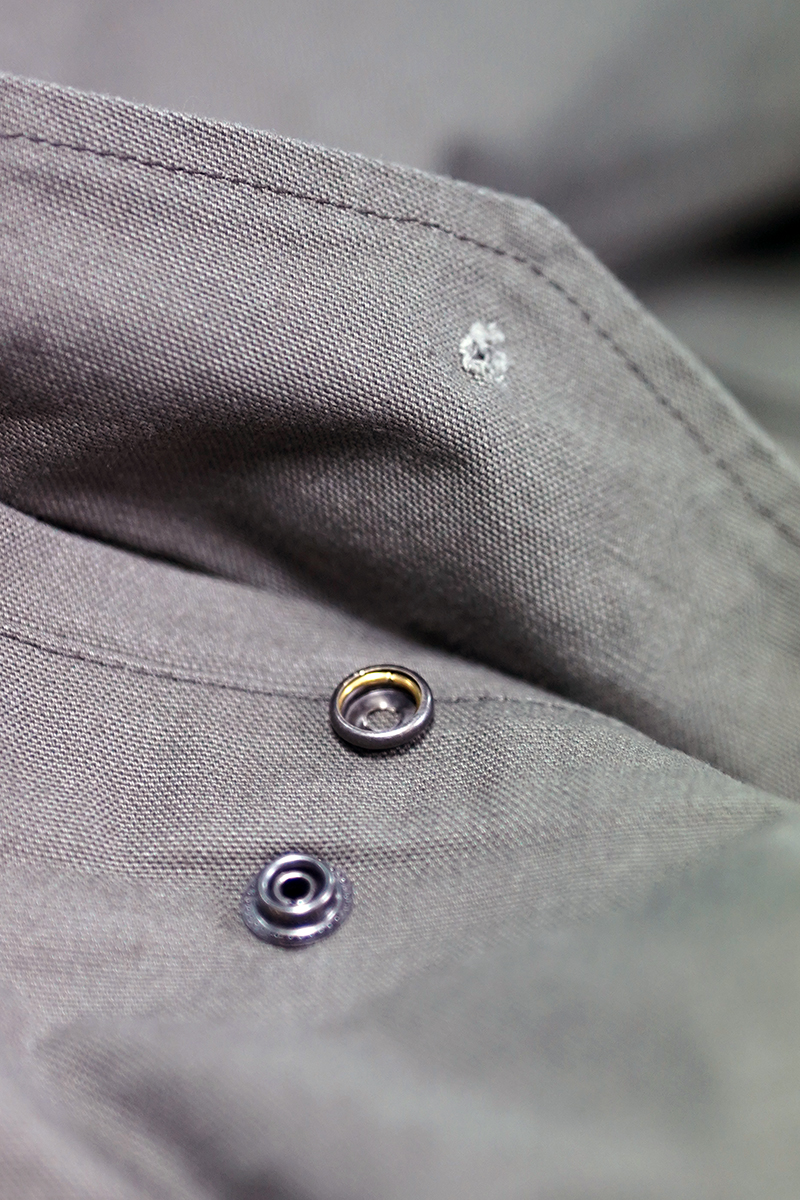
We do, in truth, think the manufacturers are somewhat responsible for the problems I have been talking about today, by implying a level of insurance that they are unwilling to pay for. But they are not ever going to make their warranties more comprehensive. And frankly having seen how easily, and how badly, gear gets damaged on the bike, I can understand this. Should they, though, make the terms of their warranties clearer? Undoubtedly yes. But will they do so? Assuredly no. Should they offer shorter, more realistic and meaningful warranty periods? I believe so. But no manufacturer is ever going to roll their warranty back, leaving open the possibility that a competitor will gazump them by offering a longer one. In fact, the direction of travel is towards longer warranties, as manufacturers attempt to close the gap with their competitors.
There will always, therefore, continue to be situations where emotions become raised. We have tried to provide a little bit of context here but often, being Alpha sorts, motorcyclists will fight to the death to avoid paying for a new popper if they are of the view they shouldn't have to.

I have to believe that most retailers are like us. We are here to help our customers. We like to help people. And that's because we realise that if we do, they will reward us with their custom in the future.
But whoever was the initial cause of the problems we are talking about, motorcyclists do occasionally also need to take some responsibility for their woes. Not everything that goes wrong with a motorcycle garment is somebody else's fault. Sometimes you just have to take it on the chin. What we all want to do is get back on the road. Sometimes making a claim against the manufacturer is the right and proper thing to do. But equally sometimes it’s not.
If I was some kind of politician, I’d now be saying something along the lines of my wanting to encourage a debate. Well, in my view, there’s not going to be a debate. The manufacturers have expressly worded their warranties to minimise their exposure, which given the extreme nature of motorcycling I can understand. I do think they are often guilty of not making it clear what those limitations are. But the nature of motorcycle clothing warranties is not going to change. And so it is incumbent upon us all to muddle through as best we can, in the knowledge that, ultimately, it’s the manufacturers that hold the trump card.
Share this story































































